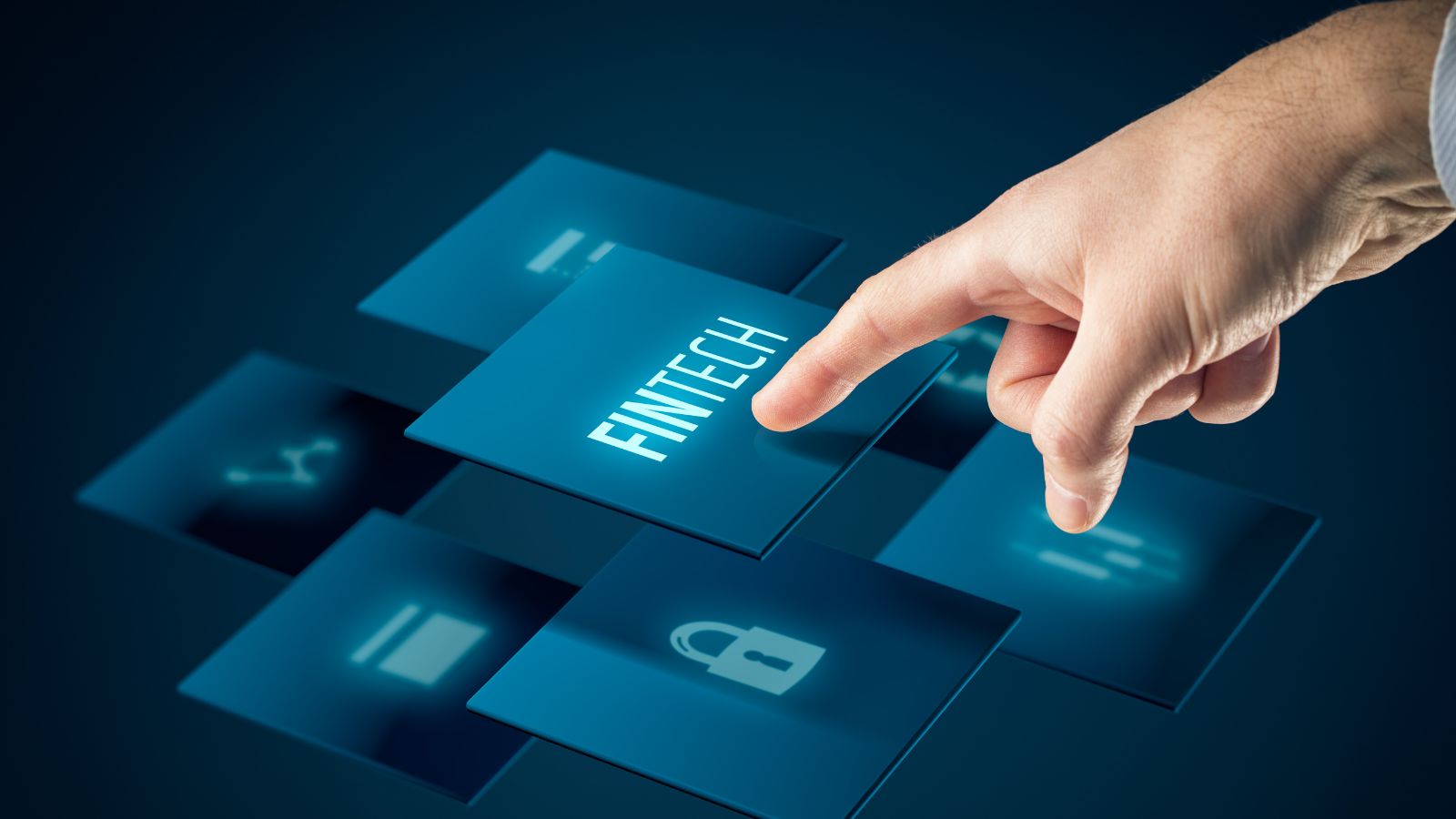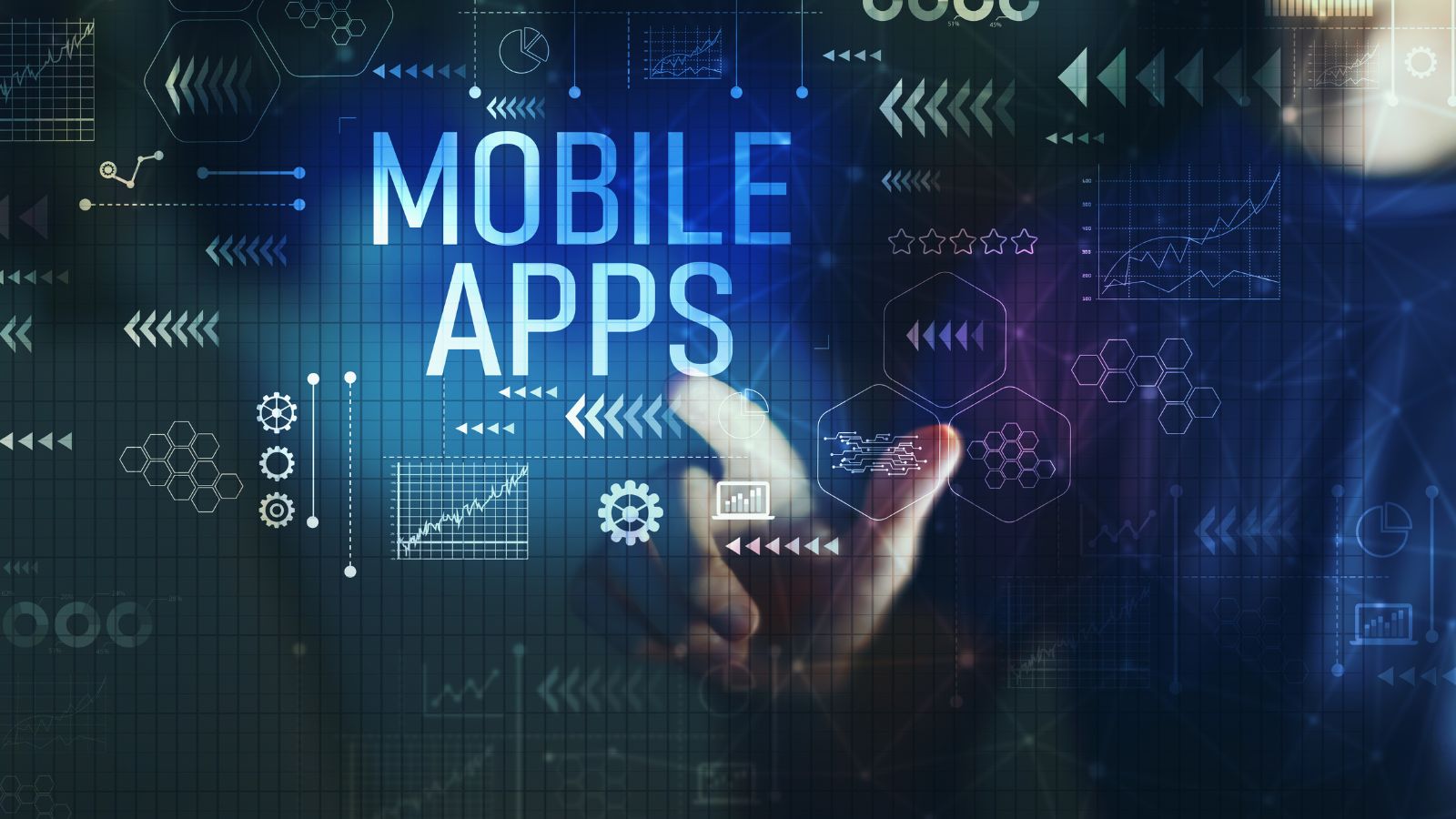Top 10 applications of Web 3.0 for business enterprises
A collection of concepts known as WEB 3.0 describes the structure and functionality of the web of the future. The precise form of the future web is by no means established, and we are now midway between Web 2.0 and Web 3.0 eras.
Through the integration of business technology, Web 3.0 applications have already started to revolutionize several international businesses. Business executives are becoming aware of Web 3.0's enormous influence on the industry and how to best use its advantages to increase profits.
Customers and clients may govern their data for privacy concerns and security from future assaults with the aid of a trustworthy company that uses Web 3.0. So let's examine a few of the top ten commercial applications of Web 3.0 that will increase revenue after each quarter.
-
Blockchain Technology
The most obvious example of Web3 is blockchain technology, which is perhaps the technology that most heavily influenced its concept of it. A blockchain serves as the basis for many other Web3 technologies, making it essential to Web3.
A ledger or record of transactions is the blockchain. The complete blockchain is present on several computers dispersed over the internet. All database copies must concur and be updated each time a fresh "block" of transactions is added to the chain. Every transaction is permanent and available to the public.
-
Cryptocurrency
Cryptocurrency, commonly referred to as "crypto," is decentralized digital money that isn't under the jurisdiction of a bank or other central authority. Blockchain technology is used by cryptocurrencies to keep track of how much money is in circulation and who has how much of it.
Through "mining," which exchanges processing power to run the blockchain for new currency, the quantity of cryptocurrencies is raised. At least with "traditional" cryptocurrencies like Bitcoin, this is how it operates. Users of the Ethereum blockchain, for instance, pay a "gas cost" that goes to Ethereum miners who carry out transaction processing.
-
Initial Coin Offerings (ICOs)
Initial Coin Offerings are associated with cryptocurrencies since the "coins" that are being offered are digital assets. When you create a brand-new cryptocurrency (perhaps with an interesting invention), you need a start-up capital to get things started.
People that invest in ICOs do so in the hopes that, like Bitcoin and Ethereum, the value of your cryptocurrency will skyrocket and enable them to become wealthy overnight.
-
Non-Fungible Tokens (NFTs)
You've undoubtedly previously heard about NFTs, another foundational component of Web3. In essence, NFTs are a type of cryptocurrency, but they are entirely distinct and cannot be traded for one another. The non-fungible component of the name denotes this. In the same way that a paper title deed for a house signifies ownership, NFTs are connected to digital or physical assets.
-
Decentralized Apps (dApps)
Utilizing a centralized app is what using a cloud-based service such as Google Docs entails. Your papers contain information that Google has access to, can read, and can manipulate. The benefit of this trade-off is that we can quickly work with others, save our data on the cloud, and make use of a variety of other cloud-app advantages.
What if, though, you could benefit from these cloud services without having to adhere to a centralized authority? Decentralized applications, or "dApps," play a role in this. The majority of dApps do their online computing on the Ethereum blockchain, and as a result, these computations are funded by Ethereum "gas" fees.
-
Smart Contracts
There is a ton of paperwork involved in purchasing a car today and obtaining a loan from the bank to do so. The bank drafts a contract outlining your rights and the bank's duties to you. The agreement states that the bank is required to take particular legal procedures (like seizing your automobile) if you fall behind on your payments.
Smart contracts provide the same functionality but don't need a centralized enforcement or monitoring system. Everything happens automatically to the contract's provisions and logic.
-
Distributed Computing (Edge Computing)
Delivering online data and services as near to the point of request or generation as feasible is the main goal of edge computing. Edge computing occurs at the actual edges of the network, making it nearly the antithesis of "Big Data" computing in enormous centralized computer centers.
Data may, for instance, be processed locally on your PC before being sent to a central site to be aggregated. This implies that you may create a massive, decentralized supercomputer by combining the processing power of devices that are located at the network's edge.
-
Decentralized Autonomous Organizations (DAOs)
An organization has a centralized structure, just like a company or a nonprofit. Every level of management and executives uses command and control to organize the many individuals who contribute to the required task.
Flattening a DAO flattens the whole structure. There is no CEO, CFO, or equivalent position. Every organization member has a say and chooses when and how money is spent from the treasury.
-
Machine Learning and Artificial Intelligence
You can speak to an intelligent agent who can comprehend your requests thanks to natural language processing (NLP).
To forecast human wants and behavior, machine learning is also utilized to process enormous volumes of data in real-time. Everywhere we go, there are intelligent network-connected gadgets thanks to the Internet of Things (IoT). This offers several chances to collect data and turn it into something worthwhile.
-
The Metaverse
Another vague idea that appears to overlap and connect with Web3 ideas is the metaverse, should either ever become a reality.
The Metaverse is an illustration of how we could use the web in the future. To produce a lasting and integrated user experience, it largely relies on virtual reality (VR) and augmented reality (AR).
Final Thoughts
By doing away with the need for middlemen and enhancing the efficiency and reliability of company-to-business, customer-to-customer, supplier-to-supplier, and employee-to-employee transactions, Web 3.0 is poised to bring about a significant shift in the business sector.
Before it's too late, make sure your company adopts these cutting-edge technologies to remain ahead of the competition, increase profitability, and acquire a competitive edge.
TransformHub can develop a web 3.0 app for you and use the newest technology to draw in more clients to assist you in growing your business.
Contact TransformHub to learn more about how we can help your company flourish.
Share this
You May Also Like
These Related Stories

What is The Impact of Web3.0 on the Fintech Industry

Why Banking Domain Testing Is Necessary and Challenges in App Testing




